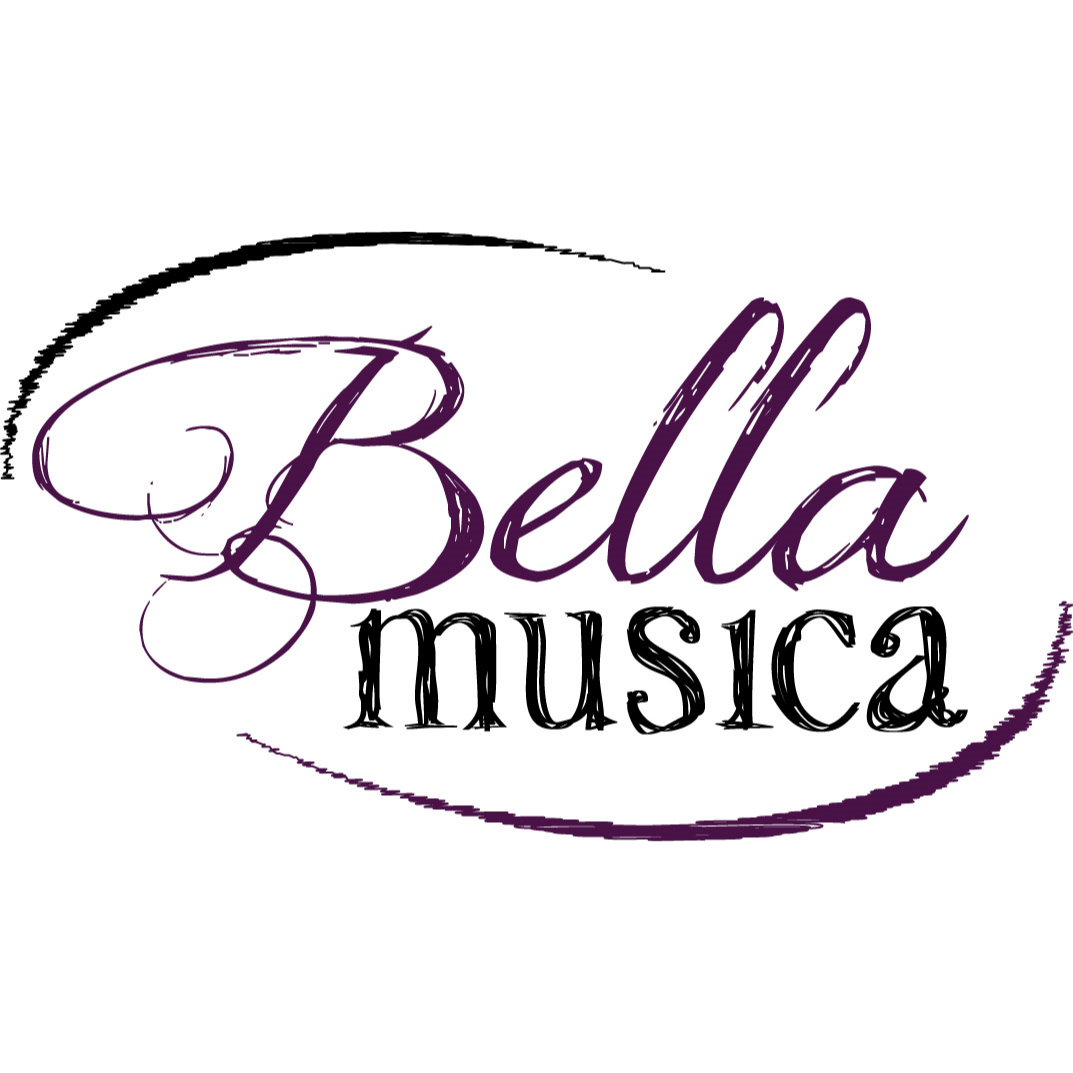I love teaching Christmas Music! Christmas Music is like a microcosm of all the musical time-periods and genres in one neat package! From Medieval troubadour melodies; to Baroque oratorio tunes that everyone knows the words to but aren’t sure why; to mid-twentieth century Rock ‘n Roll-style cheer; to new modern pop hits – there’s something for everyone. Every year I’m amazed that I allow the students to choose what they want to perform for the holidays, and there are rarely any duplicate songs programmed.
Pedagogically speaking, we can learn a lot from this annual diversion to Holiday Songs. Here are some of the educational benefits we can gain from studying Christmas music.
- Most holiday songs are strophic – there is one main melody with several verses, usually interrupted each time with a familiar chorus or refrain. This repetition facilitates learning and reinforces concepts.
- They are almost all narrative! We all love a good story set to music, whether it be about the Christ child, the people who were or may have been present at his birth and what it means to all of us; or the gleeful tales about Santa, Frosty, Rudolph and the like.
- Rhythms that seemed really tricky before, make sense now when we see them written and can pair them with a familiar tune! Some great examples of this are the dotted rhythms found in Silent Night, O Christmas Tree, Deck the Halls, Let It Snow!, and others.
- Holiday songs can be great for enhancing our use of chordal harmony, especially for left hand. Many of the sacred tunes we know come from the church hymn tradition, that is all about chords and congregational accompanying. And many of the secular tunes, composed by Johnny Marks, Irving Berlin, and others use a lot of rock ‘n roll chord progressions, with the occasional “jazz” notes tossed in for flavor.*
- For vocalists, one Christmas song can be a wonderful opportunity to practice singing throughout the varying vocal registers. Many of the Christmas airs we love – both old and new – require significant vocal ranges and techniques. For example, Mary Did You Know has just shy of a two octave range! Surprisingly, Where are You Christmas? only requires about an octave and a half, but the way it weaves in and out of the different registrations makes it seem much bigger and is very challenging. Some of the more traditional, classical pieces, allow singers to try different tessituras and the techniques required of them than they might otherwise consider.
Learning Christmas music is also a great motivator for students to finish strong! It’s at this point in the year or semester, where we start to lose a little steam. We have worked hard all year and are getting ready to head into the craziness of the Holiday season. Learning new things can seem like a daunting task at this point. But, adding in some fun, seasonal music, can give us new zest and the motivation to keep growing, musically.
*Johnny Marks was a Jewish composer who found a lucrative niche in the composition of Christmas tunes. He is most known for Rudolph the Red-Nosed Reindeer, Rockin’ Around the Christmas Tree, The Most Wonderful Day of the Year, A Holly Jolly Christmas, and I Heard the Bells on Christmas Day. Irving Berlin, also a Jewish composer, contributed the musical scores to the cinema hits White Christmas and Holiday Inn.
Come experience all the new things our students have learned through their exploration of Christmas music at our Formal Student Recital. It’s just one month away! Visit our Facebook page, BellaMusicaDayton for event details.
NOT TAKING LESSONS YET?
BECOME A MEMBER
If you are interested in voice or piano lessons and are ready to find out all the details. Hope on over to our Memberships page and choose the one that fits you! And if you aren’t sure what you need, let’s figure it out!




